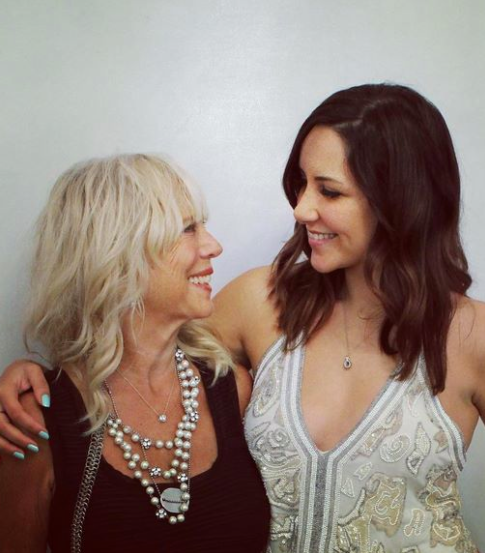|
|
0 Comments
Leave a Reply. |
Jane G. Goldberg, Ph.D.Dr. Jane Goldberg has published numerous articles, both scholarly and lay. She has appeared on most TV talk shows and has been invited to lecture at conferences throughout the country. She has been aired on several radio shows, including NPR. Her list of published articles and newspaper contributions is lengthy and impressive. Archives
April 2019
Categories |












 RSS Feed
RSS Feed
